Nikon CoolPix P6000 Review
Nikon CoolPix P6000
Nikon’s latest semi-pro compact has built-in GPS, so you’ll always know where you took that photo
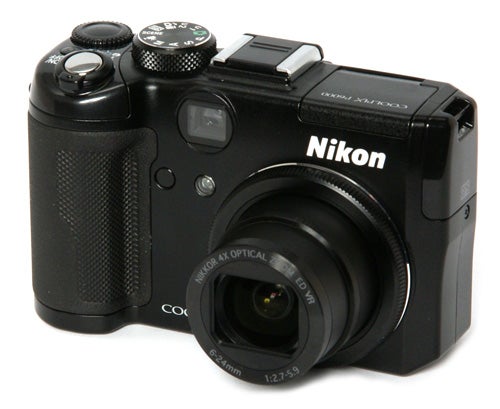
Verdict
Key Specifications
- Review Price: £370.00
If you’re a keen photographer looking for a high-spec semi-pro compact camera, your choices are rather limited. The leader in this sector of the market is the impressive 14.7-megapixel Canon PowerShot G10 (£350, review coming soon), but there are a few others. There’s the Ricoh GR Digital II (£399), or the Panasonic Lumix LX3 (£300, review next week), but that’s about it. Up until now Nikon’s only model in the semi-pro area was the 10-megapixel CoolPix P5100 (£220), a nice enough camera but no real competition for the G10. However Nikon has just launched the P6000, a 13.5-megapixel, 4x zoom semi-pro compact that is an altogether more serious proposition.
At £370, the P6000 is extremely expensive, even for a semi-pro camera, especially considering that you can get an entry-level DSLR for under £300, but then it has features that you simply won’t find anywhere else. Its photographic features are impressive enough, with a high quality f/2.7-5.9 lens with a focal length range equivalent to 28-112mm, a 1/1.7-inch 13.5-megapixel sensor and optical lens shift image stabilisation. It has a 2.7-inch 230k wide-view monitor and an optical viewfinder, external flash hot shoe, Raw and Raw + JPEG modes and of course a full range of manual exposure options, but its real party piece is its built-in GPS receiver, which adds global position data to your photos, allowing them to be automatically linked to mapping programs such as Google Earth, ideal for the growing hobby of “Geotagging”.
The P6000 is certainly an impressive-looking camera. It has an all-aluminium body finished in a semi-matt black. The design is very rectilinear and uncompromising, a rugged-looking black slab festooned with buttons, dials and ports. It is clearly designed to look like a “proper camera”, even down to the SLR-like row of buttons on the left of the monitor, and the fact that it has a neck strap rather than a wrist loop. The build quality is superb, and the P6000 certainly feels like it’s built to take a few knocks.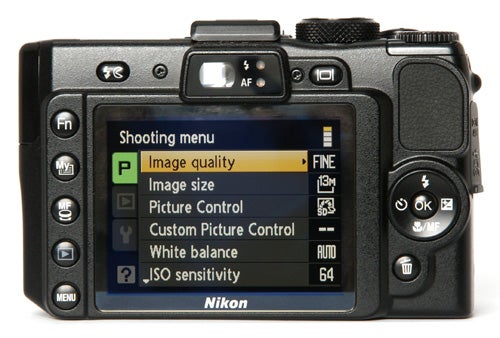
Measuring 107 x 65.5 x 42 mm the P6000 is a little larger than the P5100, mostly extra width to accommodate the GPS receiver, and also 40g heavier at 270g fully loaded. However it is a few millimetres smaller and 80g lighter than the Canon G10, and certainly more able to fit into a jacket pocket. The body shape includes a comfortable rubber handgrip and thumbgrip. The camera feels very solid and secure in the hand, and is comfortable to hold and use. Due to the position of some of the controls it is really designed for two-handed use, but shooting one-handed is not a problem.
The main feature of interest is of course the built-in GPS locator. There are a number of accessory GPS locators on the market, such as the ATP PhotoFinder and the Sony Location Recorder, but this is the first time I’ve seen it built into a camera. It is simple to activate and works very well, locking on to multiple satellite signals within a couple of minutes and maintaining its connection while moving about, although like most GPS systems it won’t work indoors.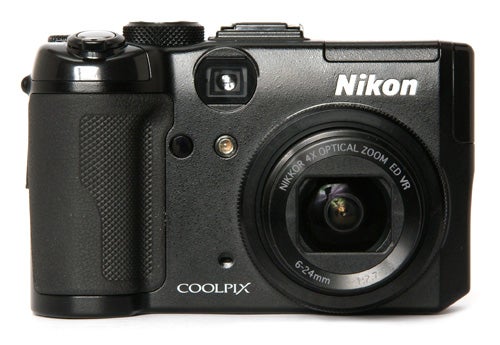
The GPS menu screen is very clear and informative, showing the relative strengths of various signals as well as the current latitude and longitude, which could be used for navigation if you have the map reading skill. The GPS location data is added to the EXIF data when you take a photo, and this can be used to accurately locate the place at which the photo was taken on a map. Google’s Picasa image handling program has a Geotagging feature that integrates with Google Earth to automatically place your photo on the correct map position. I tried it with some photos taken on the P6000 and found the location to be accurate to within about 20 feet, which is pretty impressive.
Another highly unusual feature of the P6000 is found on the bottom of the camera, where a rubber plug hides an Ethernet LAN socket. If a LAN cable is plugged into this while the camera is being recharged, it automatically attempts to connect to the Nikon My Picturetown photo sharing website and then upload your photos. In theory this should be very quick, but in practice transferring 20MB Raw files takes around three minutes per picture even over a high-speed 10MB broadband connection. Also the camera is not supplied with an Ethernet cable.
On the subject of charging, the battery is charged in place, via a charging socket on the side of the camera. This is not a problem, but if you buy a spare battery it does mean that you can’t leave it on charge when you go out shooting. Nikon claims a 260-shot battery life, but in fact I found that I was down to one bar on the battery meter after about 170 shots, some with flash, although they were taken over a period of several days on a brand new battery.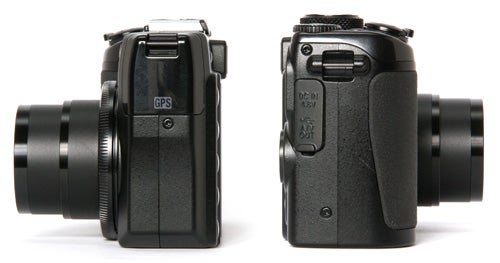
The P6000 has a very comprehensive menu system, with four pages of options including fully customisable presets for contrast, saturation and sharpness, and noise reduction can also be turned off. Custom setups can be saved as user presets and accessed via the “U1″ and U2” settings on the main mode dial.
The P6000 has all the usual metering modes including spot, centre-weighted and multi-zone metering, plus spot metering on the user-selectable AF point, which can be almost anywhere in the frame.
Two less usual features are the distortion control, which corrects the slight barrel distortion at the wide angle end of the zoom range, and the Active D-lighting mode, which enhances shadow detail in high contrast shots. I was particularly impressed by this latter option. It substantially improves the effective dynamic range of the camera without increasing the noise in the affected shadows too much.
The P6000’s overall performance is good, although it does have some fairly serious limits. It starts up in well under two seconds, and in single shot mode at maximum JPEG quality its shot-to-shot time is approximately two seconds, which is reasonably quick, although even with a high speed SanDisk Extreme III memory card the buffer filled up after six shots and it was over eight seconds before another shot could be taken. In Raw + JPEG Fine mode the shot-to-shot time is just under six seconds, which is pretty slow. 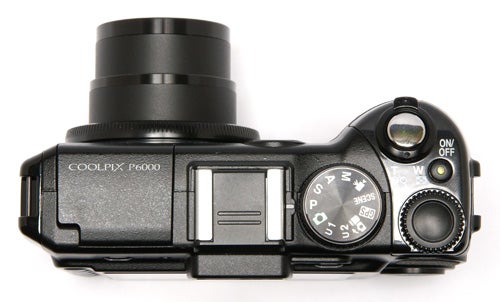
In continuous mode too the buffer only allows a burst of six shots in just under eight seconds, and then again it fills up and you have to wait. The reason is quite simple; in the highest quality JPEG mode the files average around 5.5MB, which is a lot of data. In the lower quality Normal mode the file size is around 2.8MB and the camera is able to shoot without stopping at over a frame a second.
One major disappointment with the earlier P5100 was the slow autofocus system, but thankfully this has been significantly improved for the P6000. It now focuses quickly and reliably even in low light conditions or when zoomed in. The AF assist lamp is nice and bright, but even so focusing in very low light could be better, but at least it keeps the hunting to a minimum before it beeps.
For a camera with semi-pro pretentions image quality is obviously a vital factor, and here the P6000 scores high marks, although again it does have its limits. At 64-200 ISO image quality is superb, with stunning colour depth and tons of fine detail. Even with the distortion control turned off the lens performs well, with excellent edge-to-edge sharpness and virtually no chromatic aberration. Problems only arise at 400 ISO and above, where image noise and noise reduction effect cause a significant loss in quality, although there is still a fair amount of detail visible in 800 ISO shots.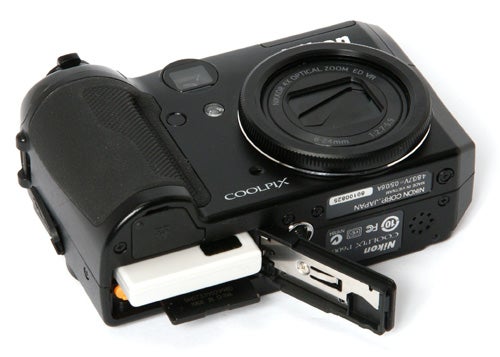
”’Verdict”’
The P6000 is an impressive camera, with superb build quality, a great range of features, decent performance and excellent image quality. It’s the strongest contender yet in Nikon’s semi-pro P series. It’s not quite strong enough to take on the Canon G10, but it does come in a decent second, and the additional feature of the built-in Geotagging GPS system will appeal to those looking for a robust high-quality travel camera.
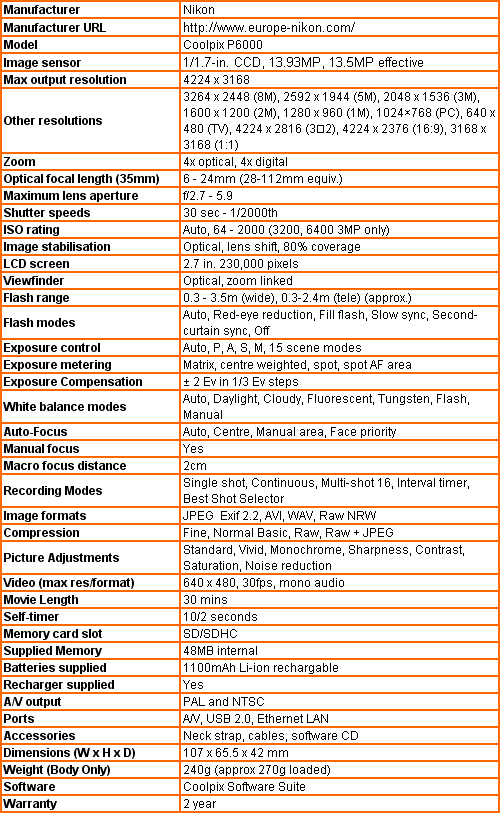
”Over the next few pages we show a range of test shots. On this page the full size image at the minimum and maximum ISO settings have been reduced to let you see the full image, and a series of full resolution crops have taken from original images at a range of ISO settings to show the overall image quality. These ISO test images are shot indoors using reflected natural light for maximum consistency. ”
—-
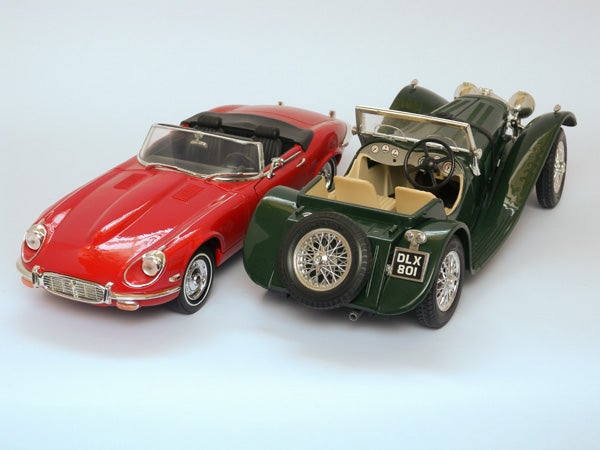
This is the full frame at 64 ISO, the minimum setting.
—-
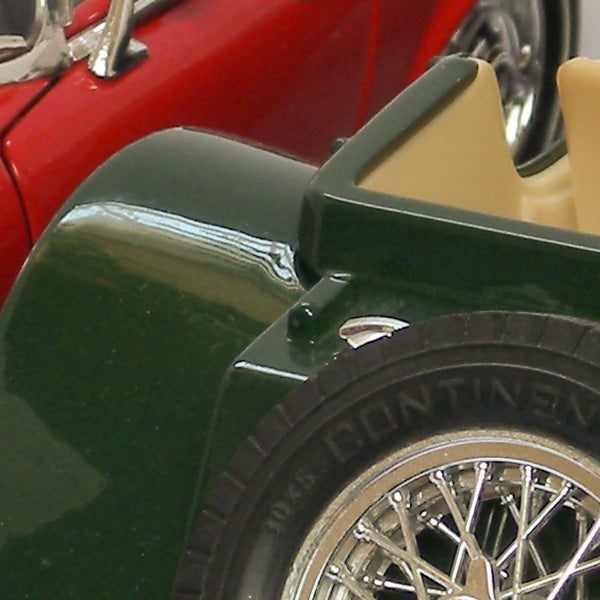
At 64 ISO the image quality is superb, with smoot tone and good detail.
—-
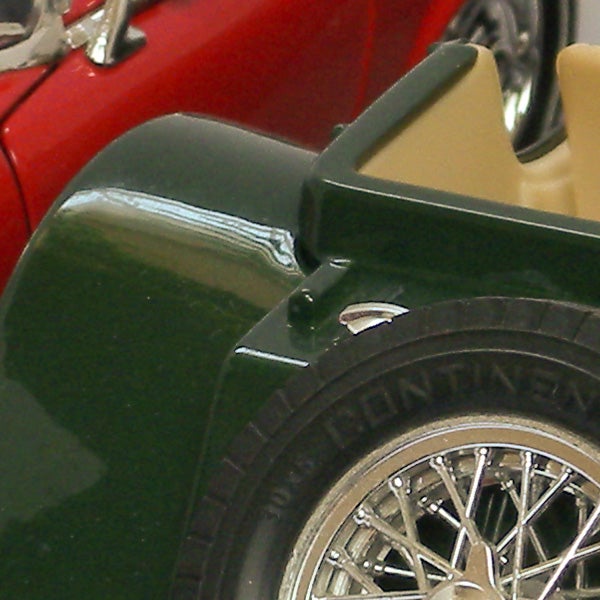
Not much difference at 100 ISO
—-
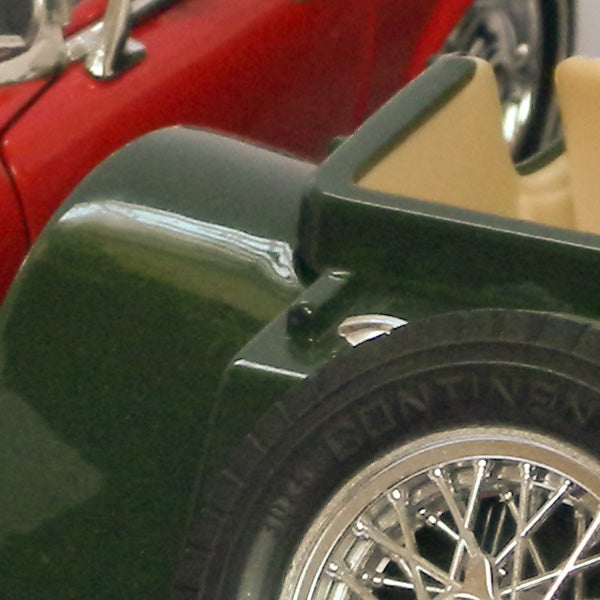
Some slight noise is visible at 200 ISO, but not enough to cause a major problem.
—-
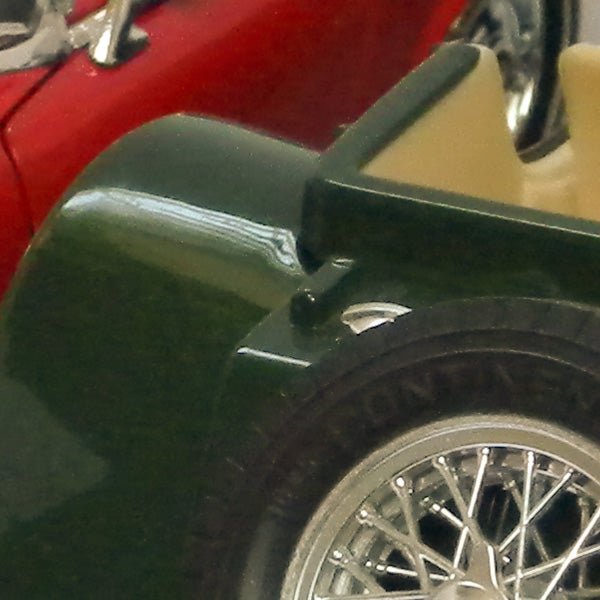
At 400 ISO noise starts to become a problem, blurring out fine detail.
—-
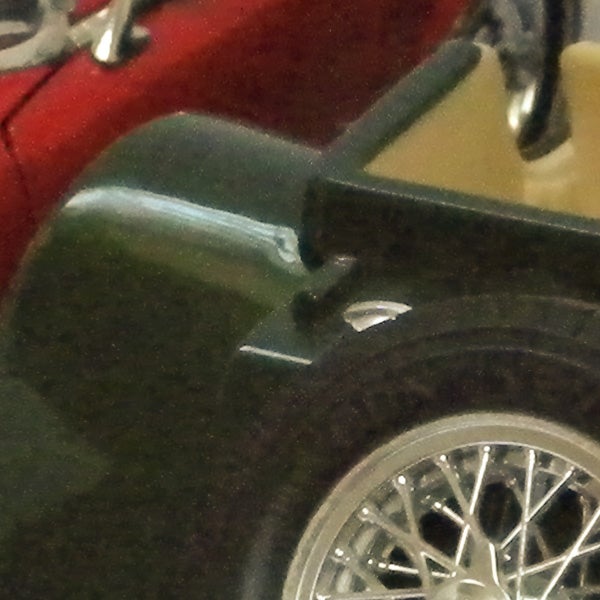
At 800 ISO the image quality is greatly reduced.
—-
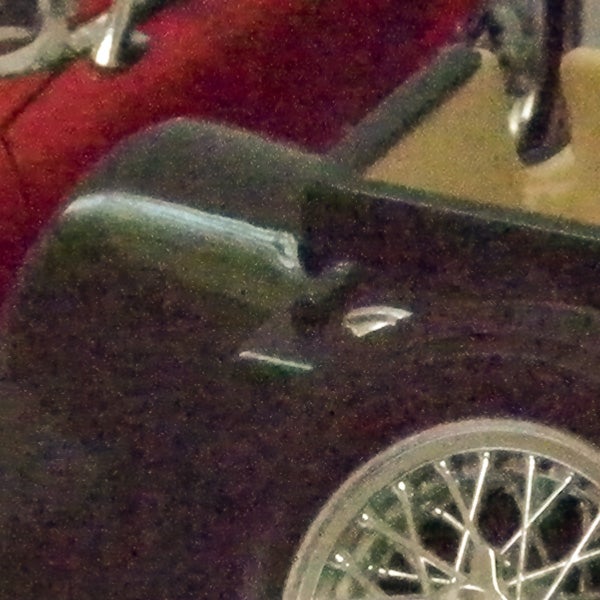
Colour and detail are lost to image noise at 1600 ISO.
—-
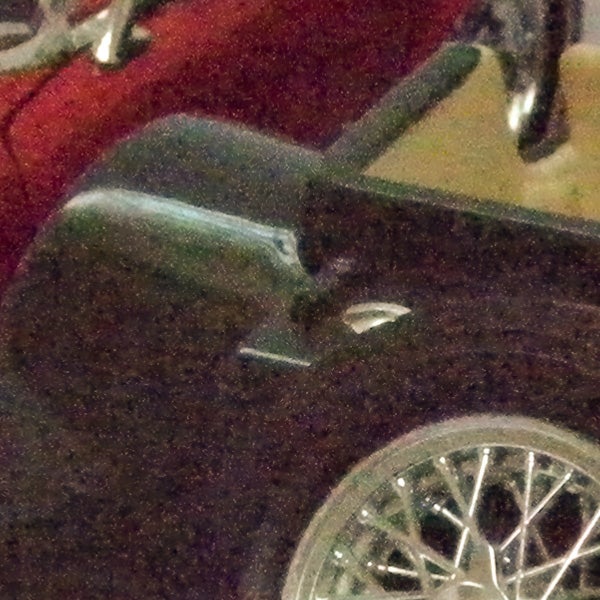
2000 ISO is the highest setting at full resolution.
—-
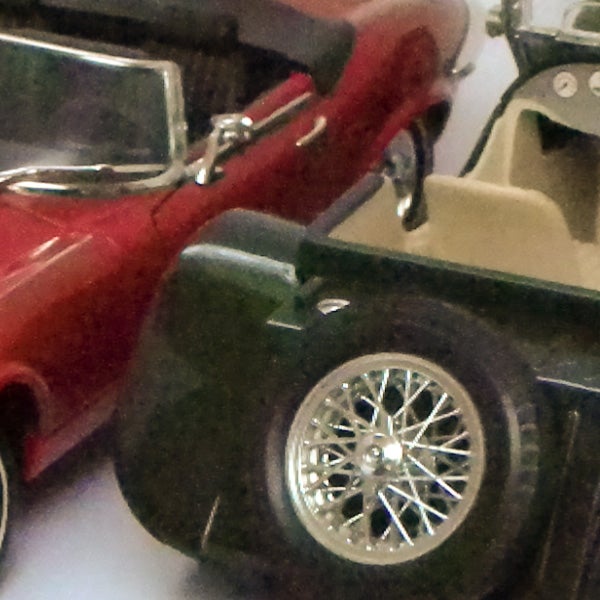
3200 ISO is available at 3MP.
—-
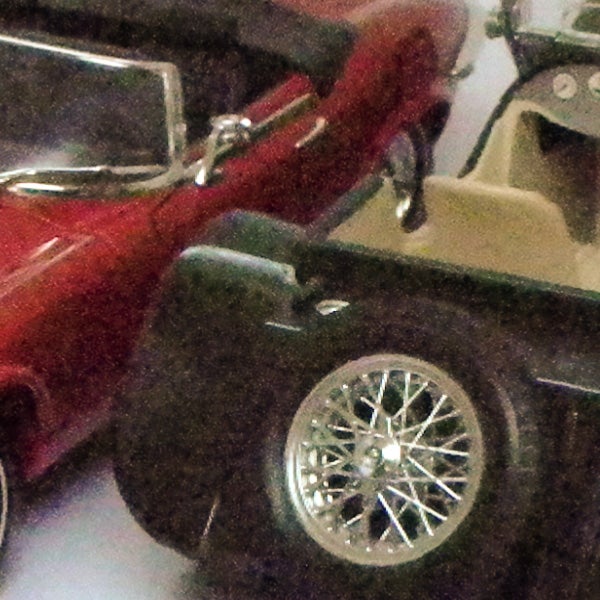
6400 ISO is also available, but the image quality is extremely poor.
—-
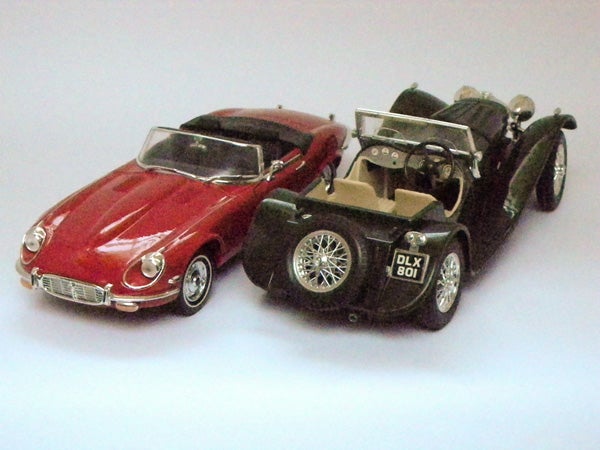
This is the full frame at 6400 ISO.
—-
”A range of general test shots are shown over the next two pages. In some cases, the full size image has been reduced for bandwidth purposes, and a crop taken from the original full resolution image has been placed below it to show the overall image quality. Some other pictures may be clicked to view the original full-size image. ”
—-
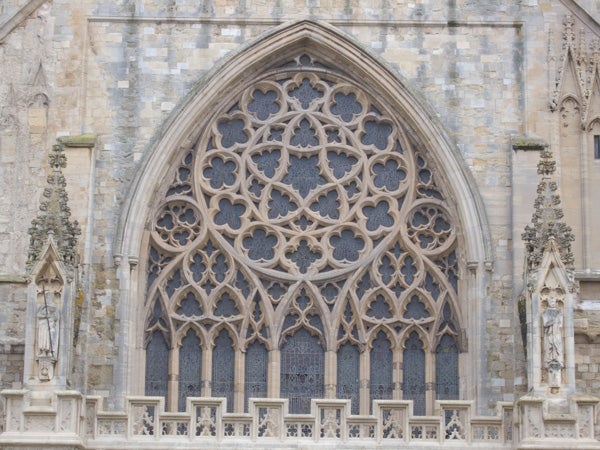
Here’s the usual test shot of the west window of Exeter cathedral to compare detail and sharpness with other cameras. See below for a full-res crop or click to download the full-sized version.
—-
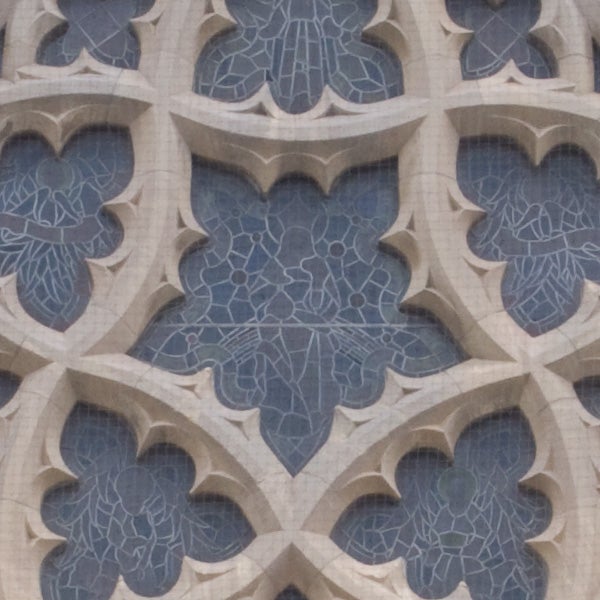
The level of fine detail is extremely high, thanks to the excellent lens and high powered sensor.
—-
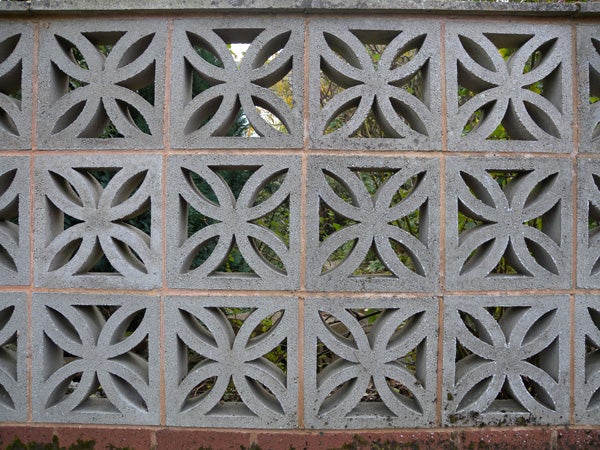
With the distortion control switched off the lens produces very little barrel distortion at wide angle.
—-
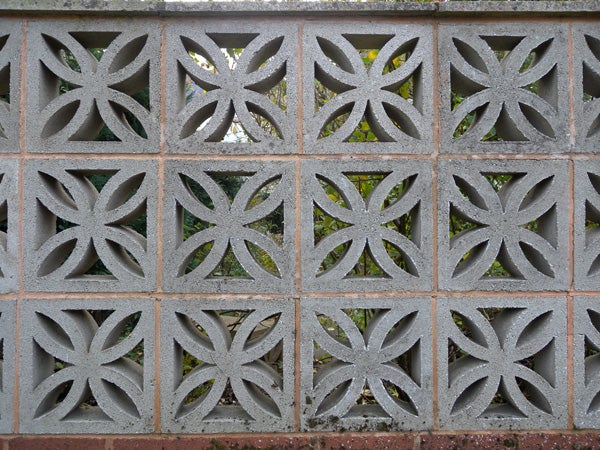
Switching the distortion control on corrects the barrel distortion.
—-
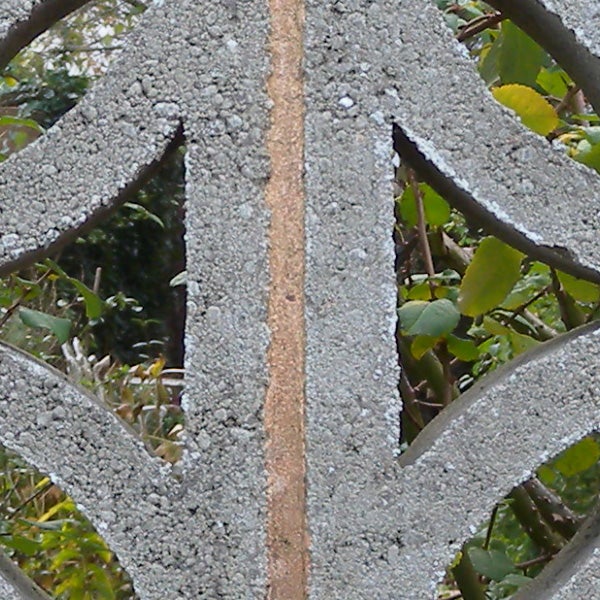
Centre sharpness is excellent.
—-
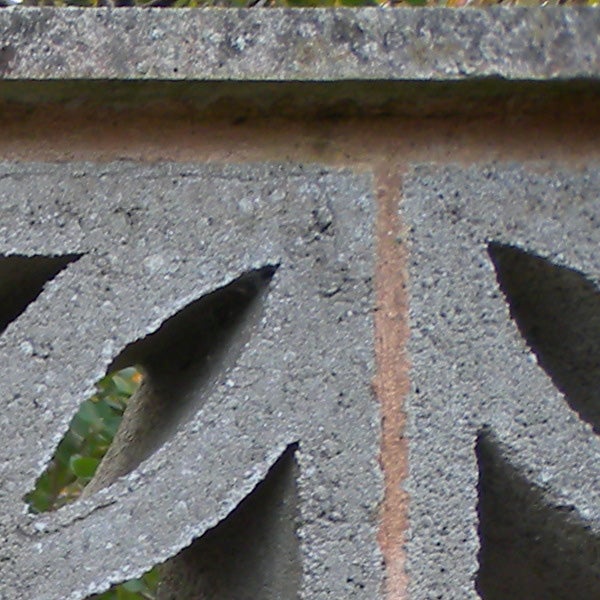
Corner sharpness is also very good.
—-
”Here are some general test shots to help evaluate the camera’s overall image quality, including the zoom range of the lens. Some pictures may be clicked to download the full size original image”
—-
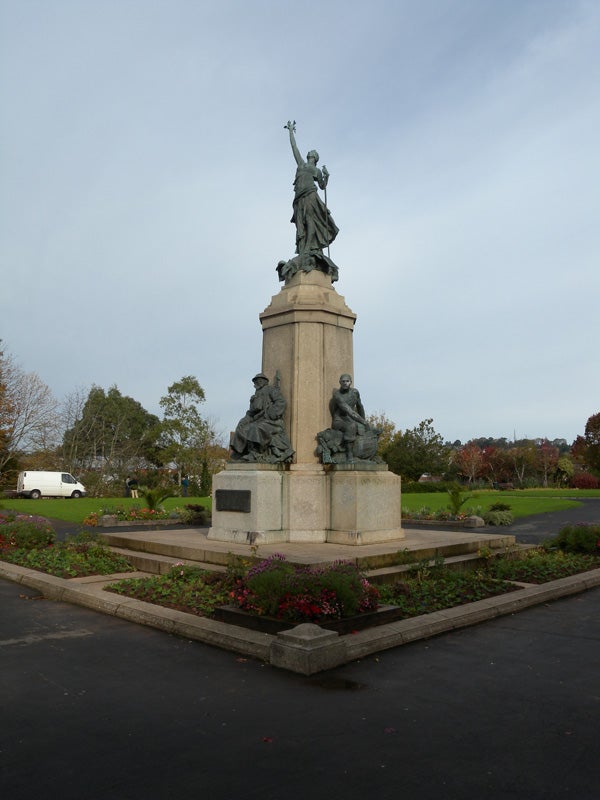
The wide angle lens is equivalent to 28mm, great for landscape shots.
—-
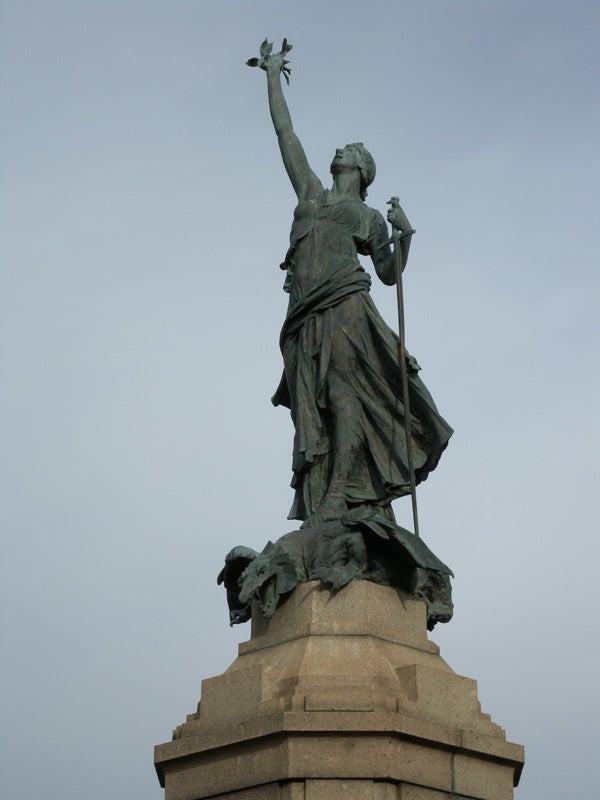
The telephoto end is equivalent to 112mm.
—-
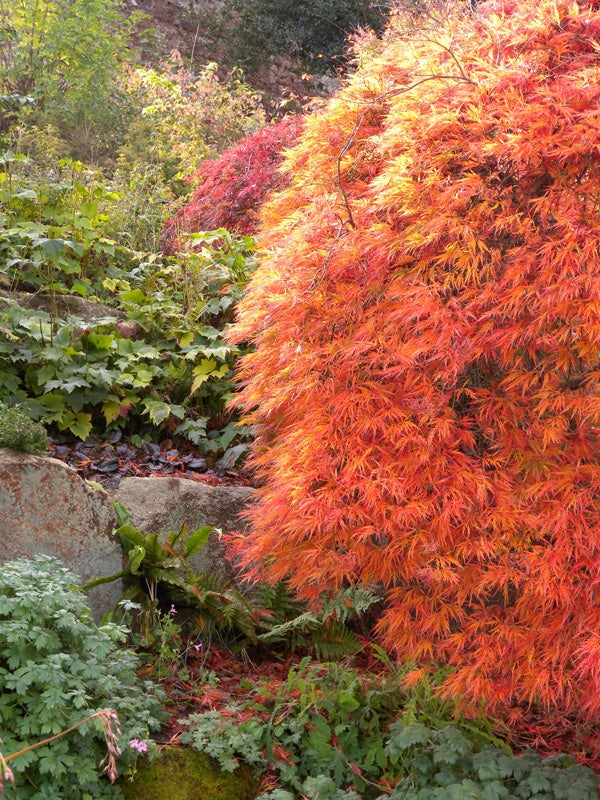
Colour reproduction is superb. This was shot inRaw mode and then converted using Adobe Camera Raw in Photoshop, but the JPEG results are just as good.
—-
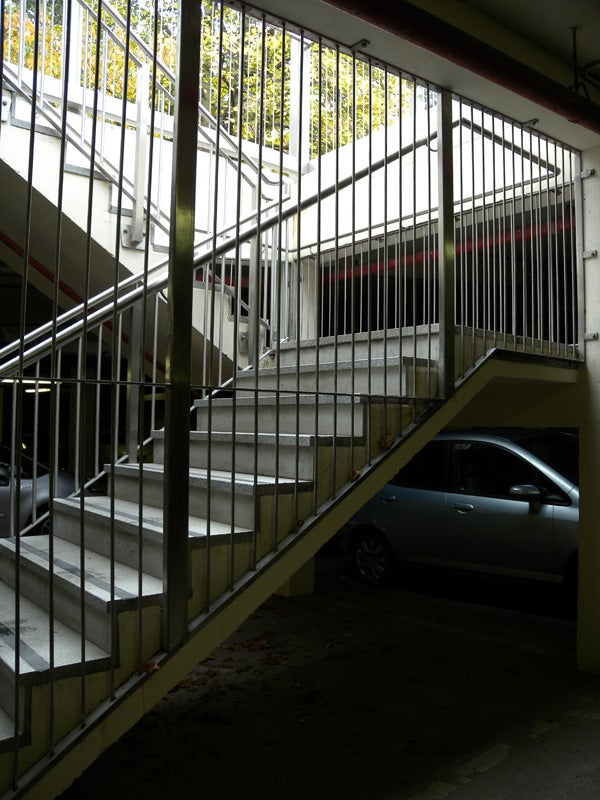
With Active D-Lighting turned off the shadows are a bit murky.
—-
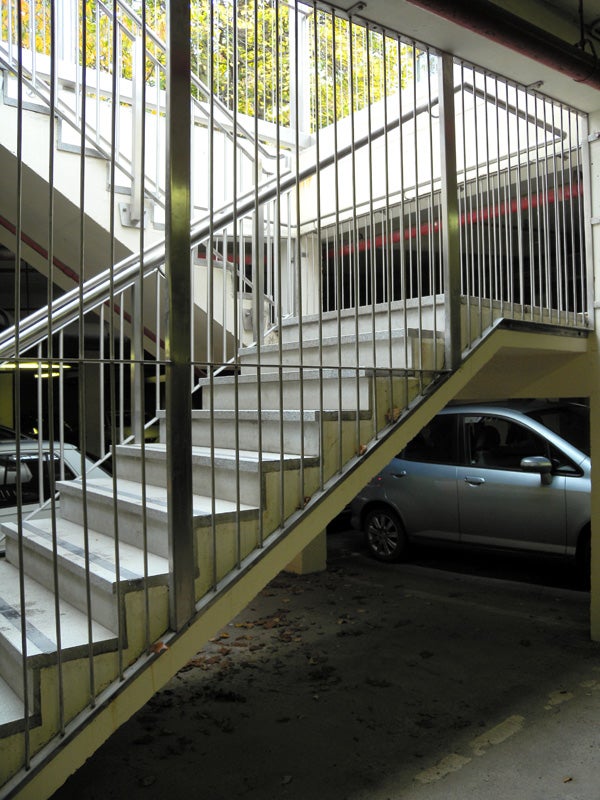
Turning on Active D-Lighting enhances the shadow detail without causing too much noise.
—-
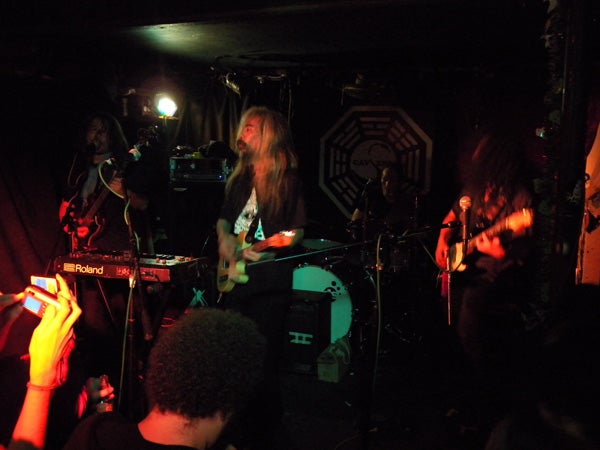
Low-light autofocus has been greatly improved, and manual exposure control helps to capture some difficult shots.
—-
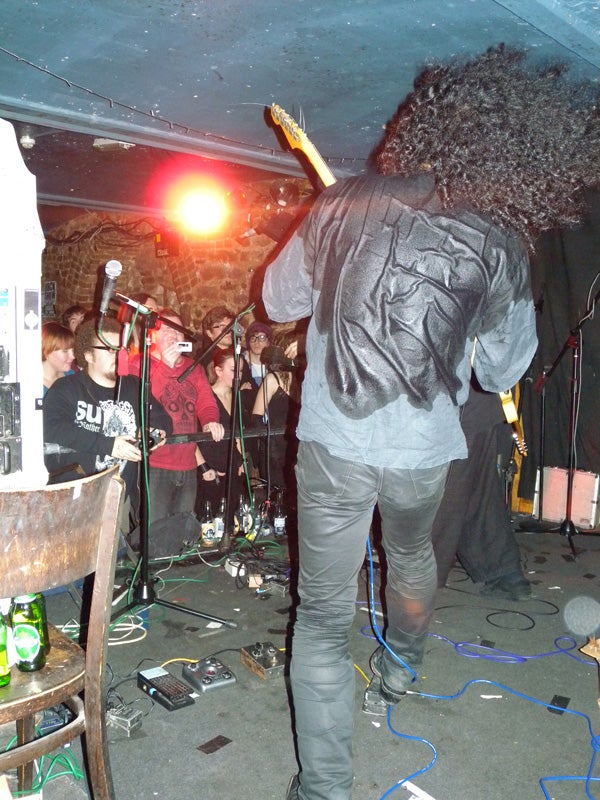
Flash coverage and metering are very good, filling the frame and freezing the action. The band were Acid Mothers Temple, a very loud and energetic Japanese psychadelic rock band. Wierd but brilliant.
—-
Trusted Score
Score in detail
-
Value 7
-
Image Quality 9
-
Build Quality 10
Features
| Camera type | Digital Compact |
| Megapixels (Megapixel) | 13.5 Megapixel |
| Optical Zoom (Times) | 4x |

